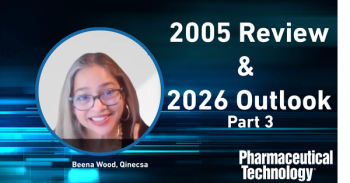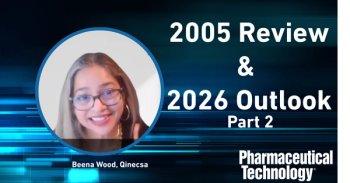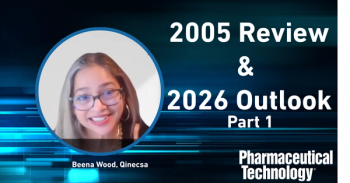
FDA Publishes Draft REMS Guidance
The agency clarifies how FDA determines when a risk evaluation and mitigation strategy is necessary.
FDA published
FDA may impose elements, such as a medication guide and/or a communication plan, as part of the REMS. FDA designs these elements based on what the agency feels will help reach the goals of a proposed REMS.
A REMS, however, may pose a burden on patients and/or healthcare providers. The agency, therefore, considers the following factors when making a decision on if a REMS is required:
- The seriousness of any known or potential adverse events that may be related to the drug and the background incidence of such events in the population likely to use the drug
- The expected benefit of the drug with respect to the disease or condition
- The seriousness of the disease or condition that is to be treated with the drug
- Whether the drug is a new molecular entity
- The expected or actual duration of treatment with the drug
- The estimated size of the population likely to use the drug.
The guidance states, “FDA makes decisions about requiring a REMS as part of a benefit-risk determination for a drug after an evaluation that includes integrated consideration of each of the statutory factors. No single factor, by itself, is determinative as to whether a REMS is necessary to ensure that the benefits of a drug outweigh its risks.”
FDA states in the guidance that the agency takes existing REMS elements into account for other drugs with similar risks. FDA also takes into consideration any REMS elements and tools that may have already been used in clinical trials. “Selection of risk management elements and tools is also informed by any regulatory precedent for addressing similar risks,” the guidance states.
Source:
Newsletter
Get the essential updates shaping the future of pharma manufacturing and compliance—subscribe today to Pharmaceutical Technology and never miss a breakthrough.




